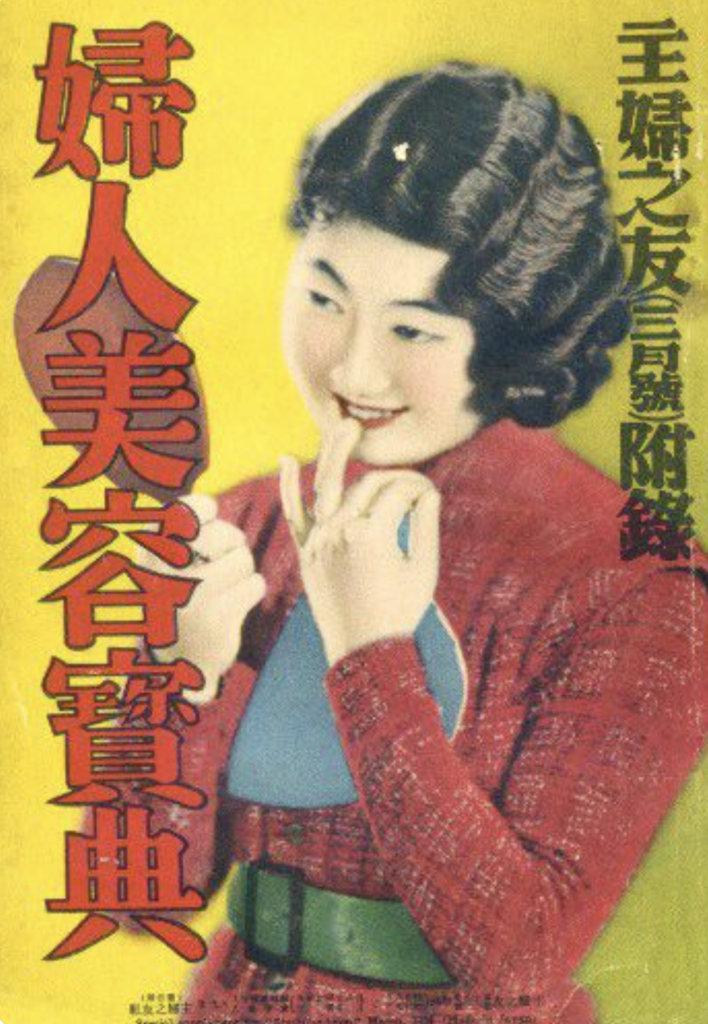At the risk of exposing my own ignorance, this week’s selections from The Modern Girl Around the World were incredibly eye-opening in how they situated the concept of the “Modern Girl” in a global context. What stood out the most was that above all else, the Modern Girl was distinguished from other female figures and representations by her continual incorporation of local elements with those drawn from elsewhere, connecting us back to the theme of “sites of modernity.”
I enjoyed these scholars’ method of analysis, which they called “connective comparison.” The collaboratively-written introductory chapter highlighted a few main points which connected to the rest of the text:
- Modern Girl as a global phenomenon in the 1920s and 1930s (world politics of the interwar period contributed to this movement)
- Modern Girl as occupying the “ephemeral free space” between childhood and adulthood
- Modern Girl as the possibility of rethinking race and femininity in the 20th century
- Modern Girl as an object of nationalist scrutiny
Barbara Sato’s chapter on “Contesting Consumerisms in Mass Women’s Magazines” was helpful in forming contemporary connections, as this is where we begin to see early iterations of targeted advertising. Understanding the psyche of these magazines’ ever-changing and ever-expanding demographics was essential for the success of mail-order shopping, and reveals quite a bit about commodification trends in early twentieth century Japan.
